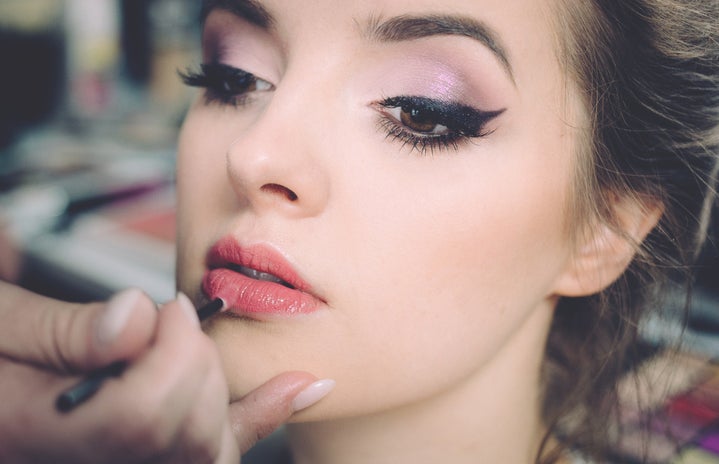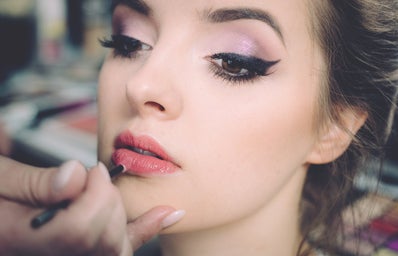Photo by Karl Fredrickson on Unsplash
Barbie was developed by Mattel Inc. in 1959 and has been a part of the fashion doll industry for more than 50 years. Generations of women, including myself, have grown up playing with Barbie enjoying the decision of which glamorous outfit she should wear, what shoes or purse will go with it, or will just admire her glossy makeup and shiny hair. This plastic doll has been an icon of beauty for young girls for decades, which brings us to controversy.
In 2006, Developmental Psychology released a study: Does Barbie Make Girls Want to Be Thin? The Effect of Experimental Exposure to Images of Dolls on the Body Image of 5- to 8-Year-Old Girls. The study investigated body dissatisfaction in other cases revealing that “on average, girls as young as 5 years already desired a thinner body than their current figure but that this discrepancy became more pronounced in 6- to 8-year-old girls.” The results of this study revealed that “a total of 162 girls, from age 5 to age 8, were exposed to images of either Barbie dolls, Emme dolls (U.S. size 16), or no dolls (baseline control) and then completed assessments of body image. Girls exposed to Barbie reported lower body esteem and greater desire for a thinner body shape than girls in the other exposure conditions.”
But does a doll like Lammily eliminate these issues? Lammily is the fashion doll created in 2014 by Nikolay Lamm as the “average is beautiful” substitute of Barbie. Compared to Barbie, Lammily is of course wider and shorter. She is also brunette, her clothes are not as flashy as Barbie’s and her makeup much lighter than Barbie’s as well.
For six additional dollars, Lammily comes with a sticker pack that features pimples, moles, cellulite and scars that can be put on. Nikki Gloudeman of The Huffington Post describes the issues behind this in a post saying, “Packaging such features only works to enforce their status as imperfections. . . and controllable ones at that. Want to get rid of ugly cellulite? Peel it off! Don’t want a doll with stretch marks? Don’t stick them on in the first place! Little girls are already taught that they can and should manage how ‘perfect’ their body is, and these stickers only work to enforce that false message. If the intent was to show that average bodies have things like freckles and scars and stretch marks, why not build those features into the fundamental design of the dolls?”
Ariana Aboulafia of Neon Tommy Annenberg Digital News answers whether or not Lammily eliminates the body dissatisfaction issues. “Being body positive (or pretending to be) sells. . . So, what’s more likely – that Nickolay Lamm selflessly created a product to benefit a demographic that he does not belong to, or that he is taking advantage of a fairly common marketing campaign to make money?. . . The doll purports to represent “real women”, but in everything except her proportions (facial features, skin tone, hair texture, and more), she is basically Barbie all over again. Lammily does not represent women of color, women with visible disabilities, women with curly hair, women with short hair, or women that may be heavier than what Lamm considers ‘normal.’” And Nikolay Lamm created Lammily because he “wanted to show that average is beautiful.”
I think we can guess my conclusion… his reasoning is total bullsh*t. The reason why someone makes a toy is to sell it and make money off of it. Like Ariana said, Lamm, a white male who probably has little experience playing with dolls, probably has never been affected by FEMALE body image. If that was his concern he would have made a variety of body shapes, a variety of types of hair, a variety of face constructions and a variety of different races and ethnicities of dolls. Instead he just created another standard for young girls to live up to. Perhaps more attainable, but still a standard that continues to restrict young girls. There will be girls that don’t look like Lammily, and they will think that must mean they are not what’s considered the beauty “norm.” Lamm was smart in a business sense to take the opportunity of a generation that wants to promote healthy body image and make a profit out of it. But to say girls will suddenly have a more positive body image – like I said – bull.
I know I was all about the fashion, hair and makeup when it came to my Barbie’s! TIME reports of the study done by the researchers at Oregon State University and University of California. They “surveyed 37 girls, aged 4-7, [who] were shown photos of ten occupations and asked whether they could see themselves doing that job, or whether it was a job for a boy. The girls that had played with the Barbie said that far fewer occupations were available to them then were available to boys. The results stayed the same whether the girls played with a Doctor Barbie or a Fashion Barbie, which the researchers say implies that it’s something about the doll herself, not just the clothes she’s wearing.” There’s a reason why young girls choose a Barbie based on her appearance. Perhaps that says something larger about our society – that not only our definition of beauty is flawed but that “beauty” is of high significance which overpowers other qualities, such as intellect or creativity, that are much more beneficial to our society.


